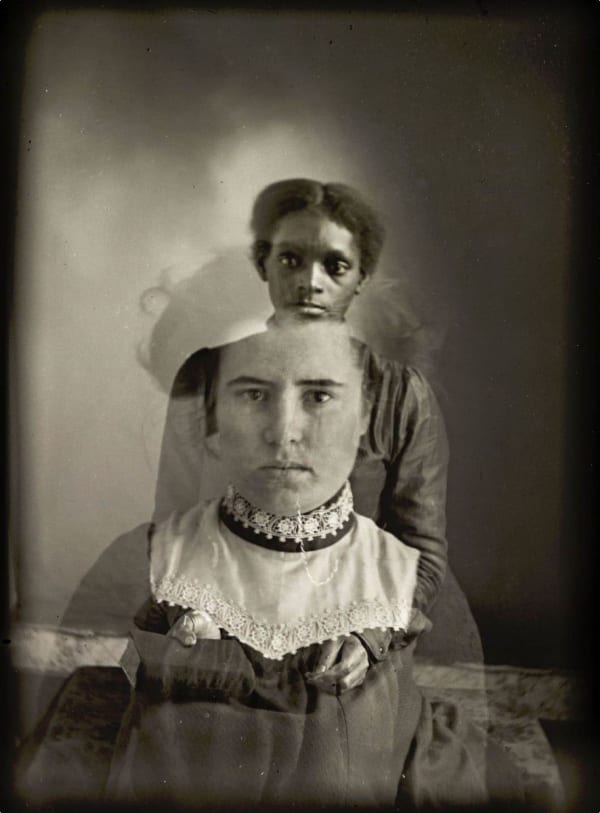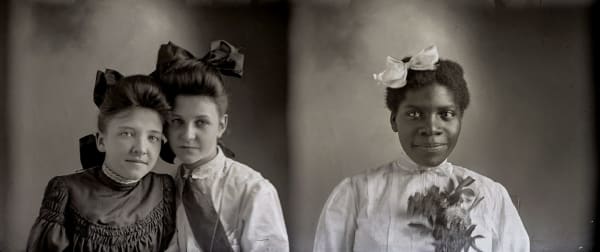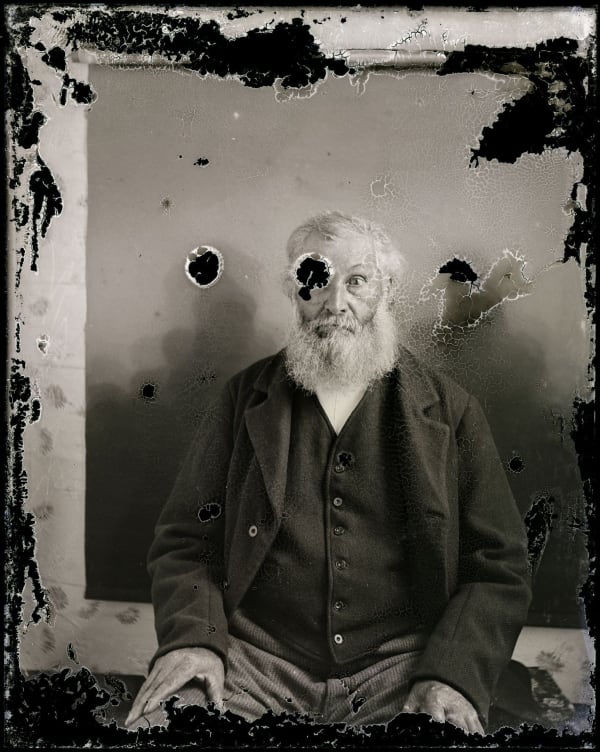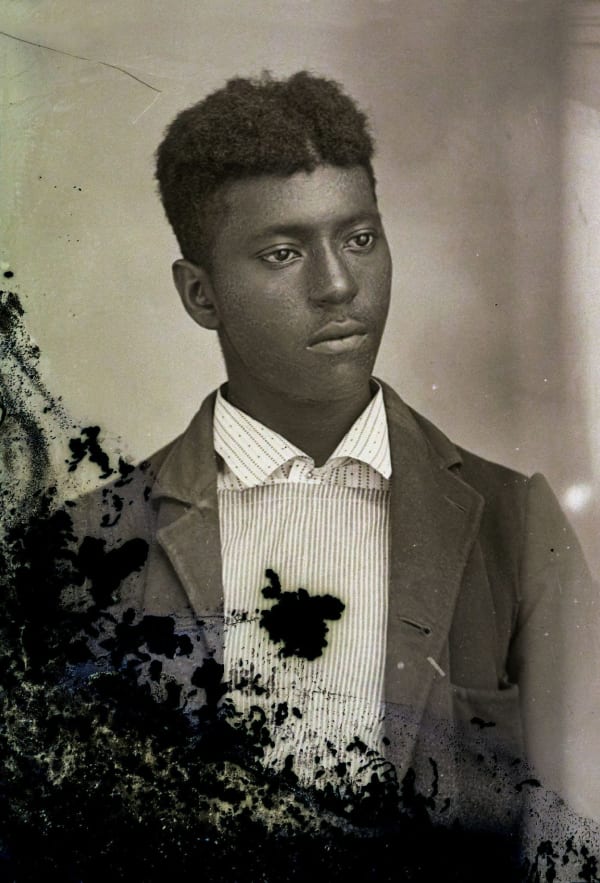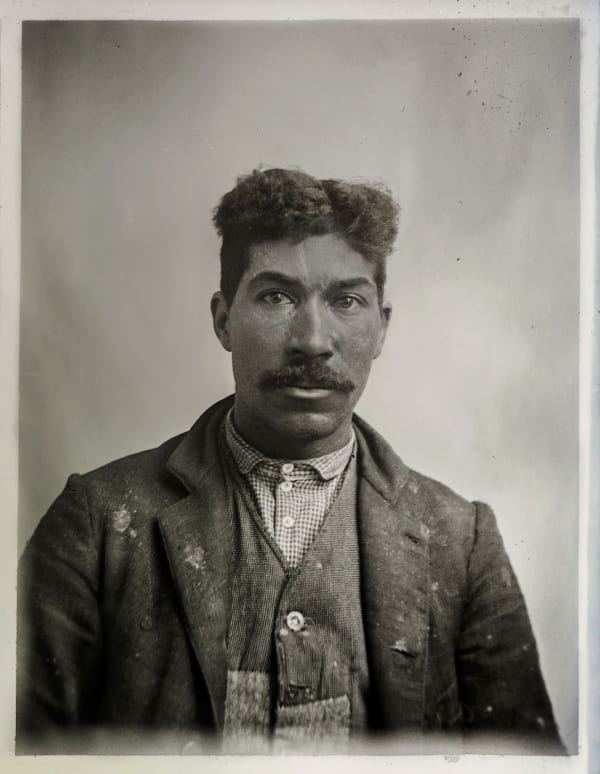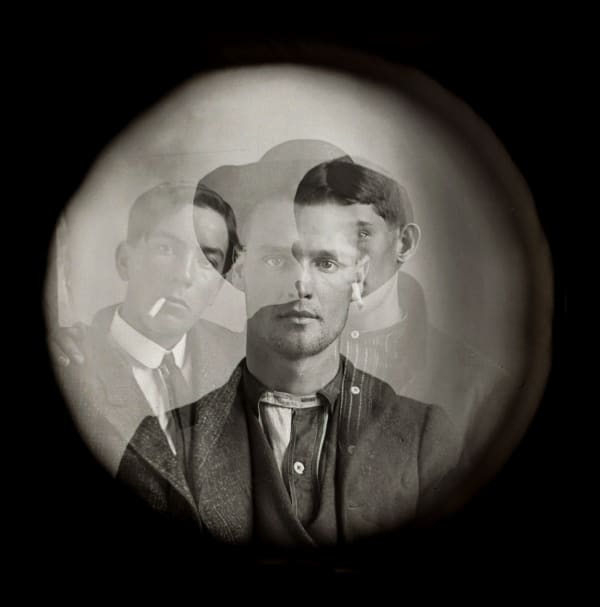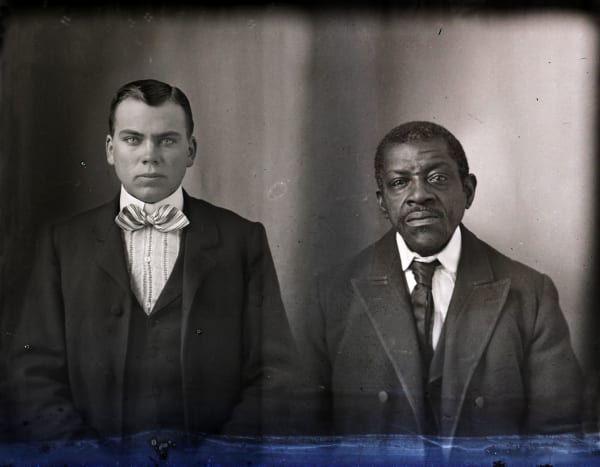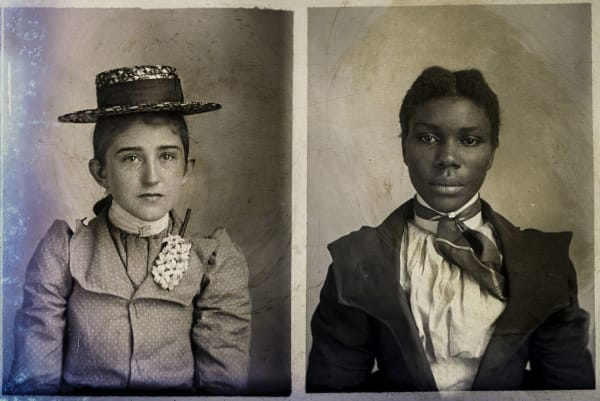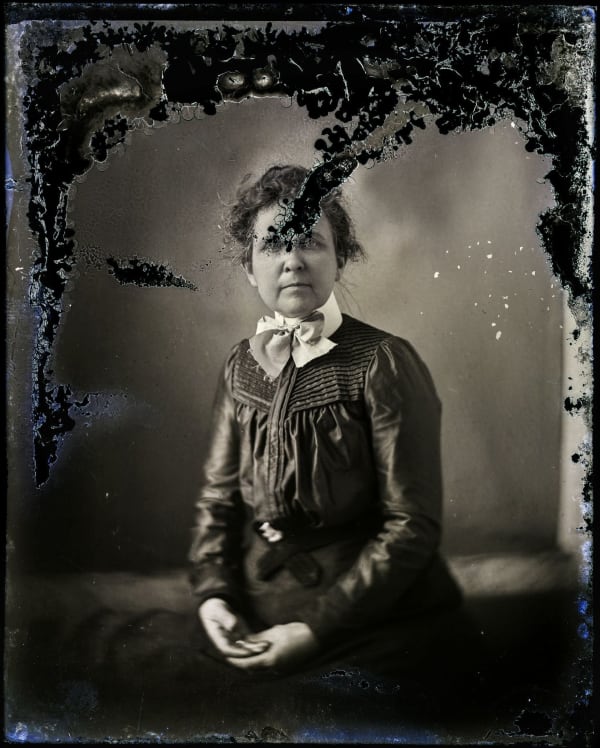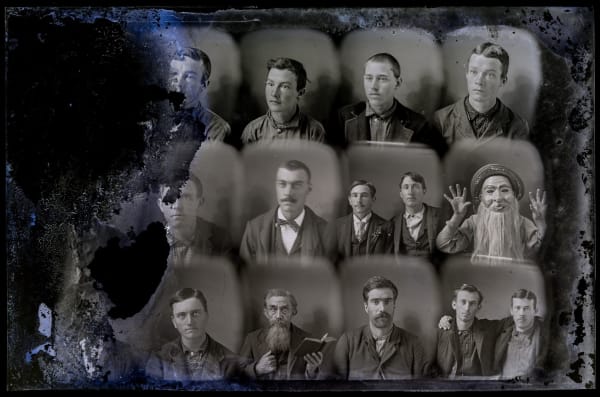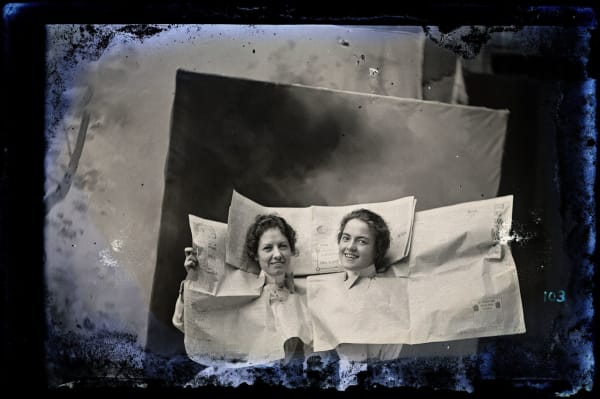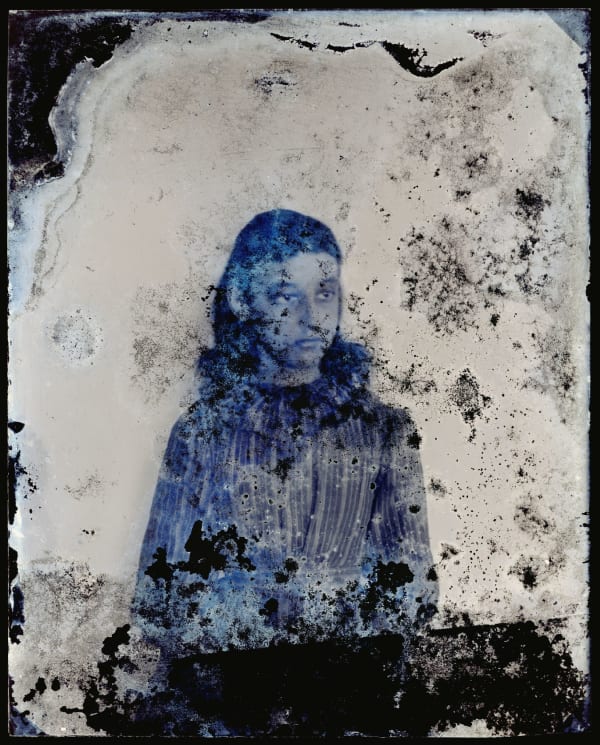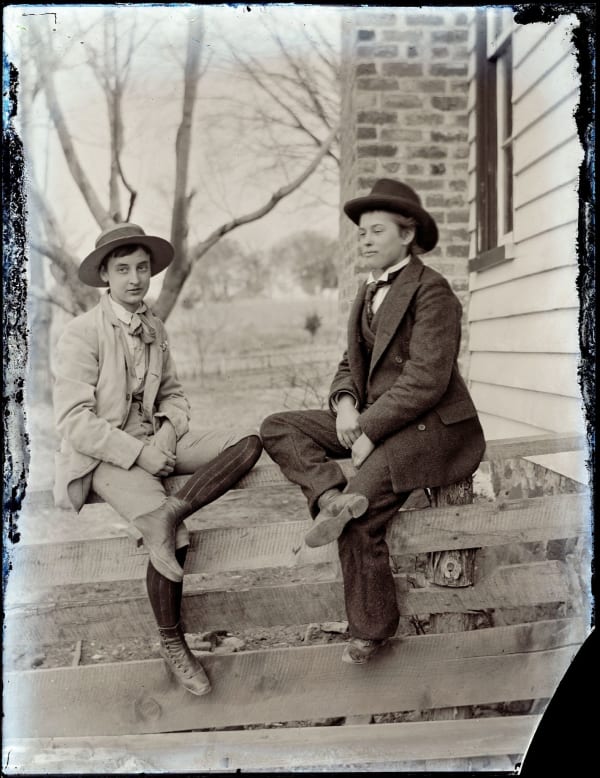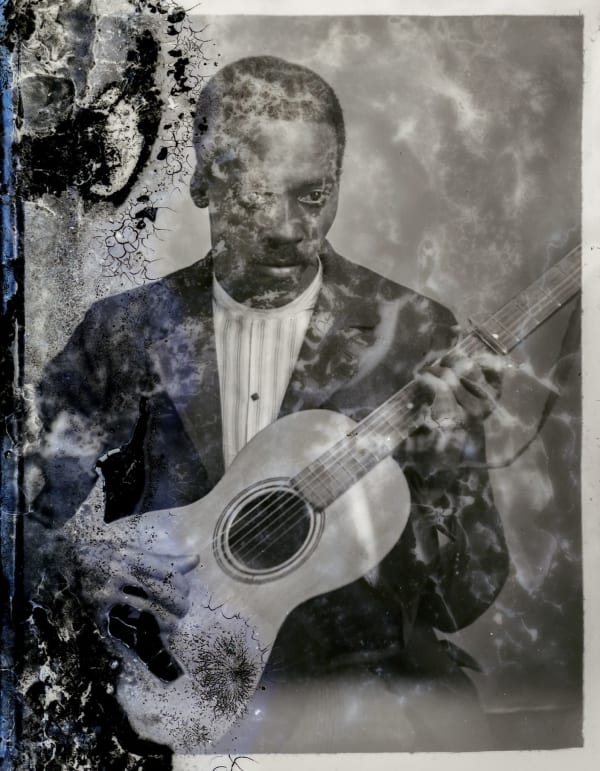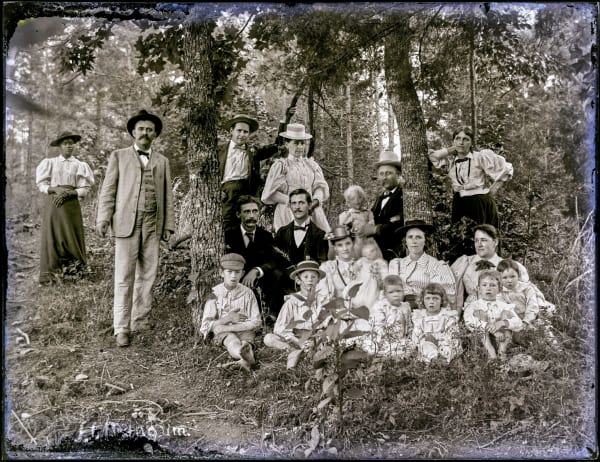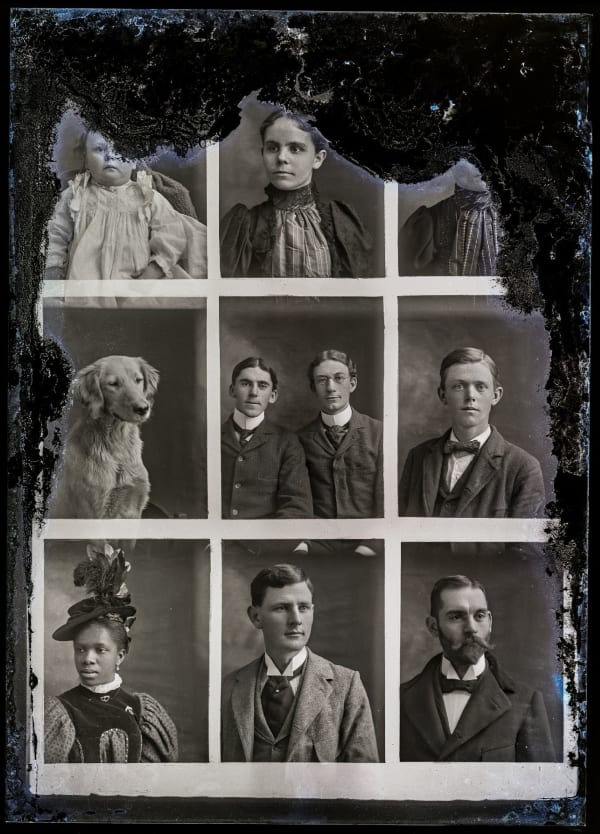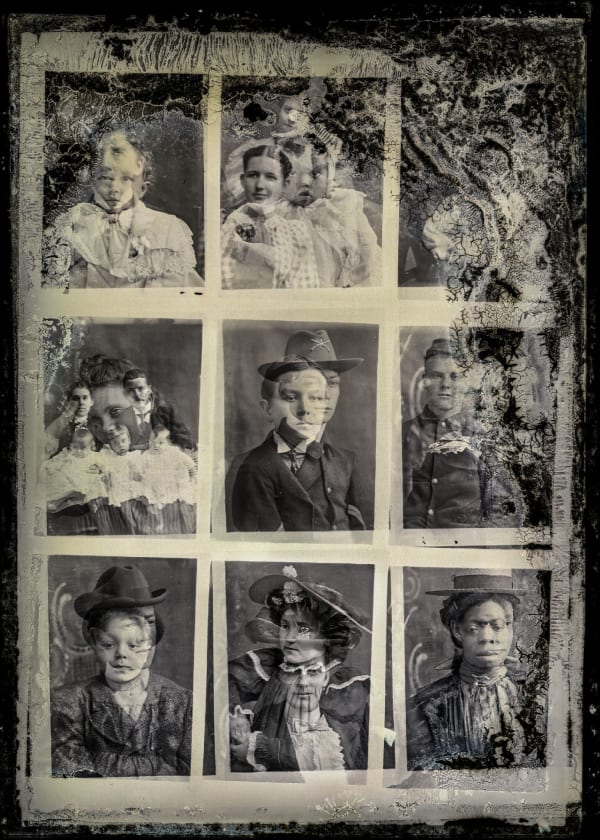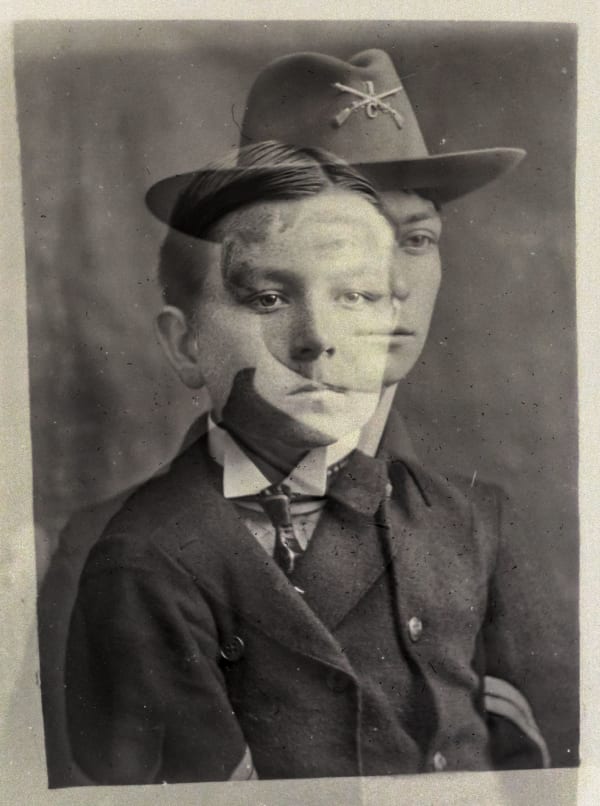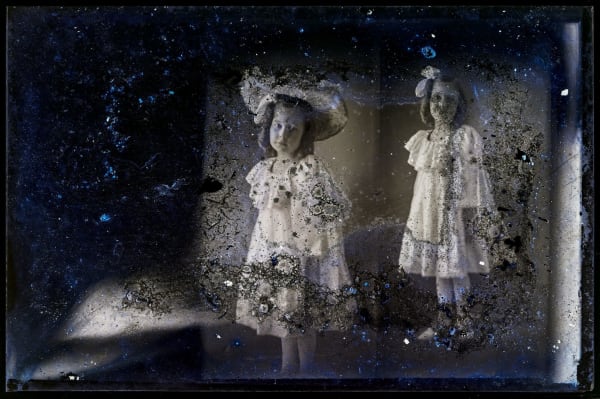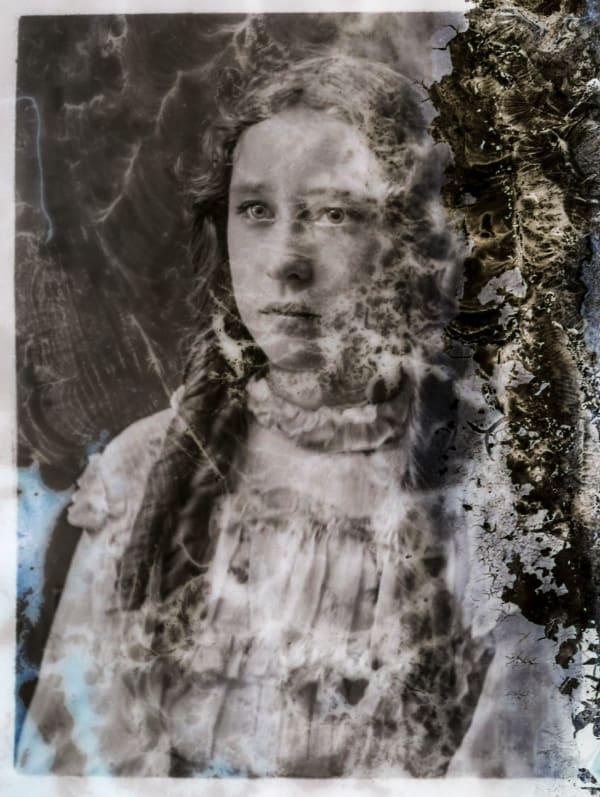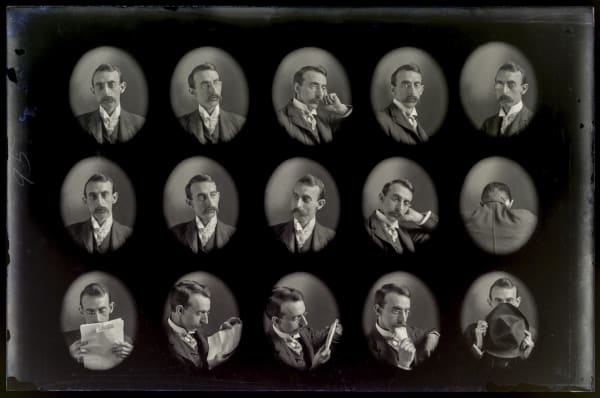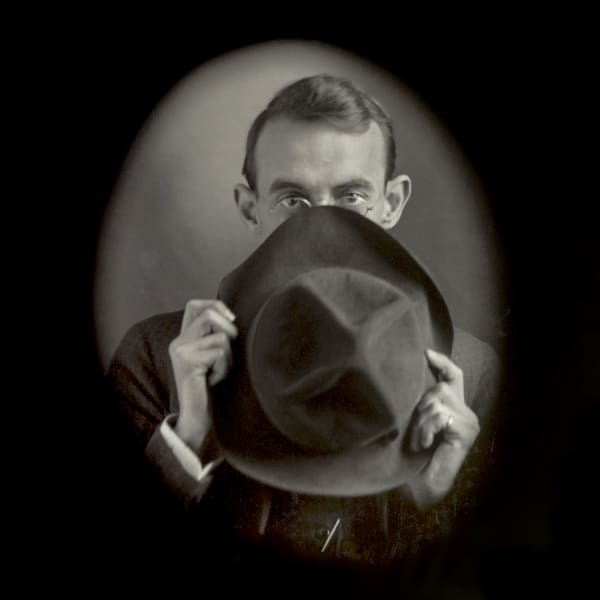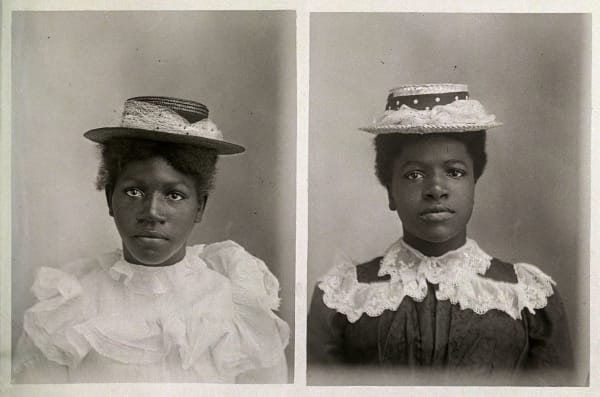Installation Views
Press Release
|
Where We Find Ourselves Photographs of Hugh Mangum (1877-1922)
This exhibition, presented in collaboration with MB Abram, will be on view at ACA Galleries from September 7 through October 23, 2021. A monograph, (University of North Carolina Press in association with Duke University, 2019), will be available.
For the first time an exclusive limited edition of select photographs of Hugh Mangum, authorized and certified by the David M. Rubenstein Library, owner of the glass plate negatives will be available.
Mangum worked in Durham, North Carolina, and Virginia, in the Jim Crow South between 1897 and 1922. He defied every social and artistic tradition of his place and time. When racial segregation, discrimination, and violence against African Americans had become the order of the day in the post Reconstruction South, Hugh Mangum maintained an open door policy, photographing blacks, whites, rich and poor, straight and gay without distinction. He began his career just a year before the Wilmington Insurrection of 1898, in which a mob overthrew the elected government of the city, burned the only black-owned newspaper and murdered more than sixty people.
Undeterred by prevailing social mores, Mangum welcomed all to sit before his lens. He was also a keen self-portraitist, turning the camera on himself with surprising and playful results.
Mangum began his professional life as an itinerant photographer working with a Penny Picture portrait camera. His traveling studio had a straight-forward approach: affordable pictures, quickly produced, day or night, rain or shine, no records kept of those portrayed. He pitched his tent in town after town, photographing people of all colors and walks of life at prices that allowed even the most humble to afford his services.
To economize, Mangum partitioned his negatives, allowing the images of multiple subjects to be recorded on a single sheet of glass. Citizens who could not drink at the same water fountain as their neighbors, are here seated side by side, fulfilling momentarily the peaceful aspirations of gospel songs so well known in the day. Mangum provided an opening for the dignity of every individual to shine. His welcoming approach allowed sitters to express themselves as they wished, without kitschy props and devoid of the grotesque racial characterizations so common in his lifetime. One hundred years later we are privileged to experience the dreams of a time perhaps not so distant as we may think.
|
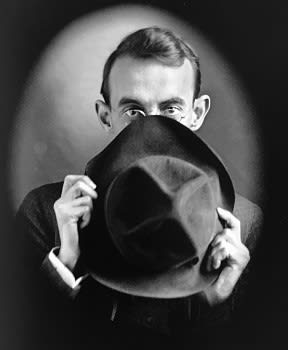
|
Overview
ACA Galleries, in collaboration with MB Abram, is pleased to present an exhibition of photographs by Hugh Mangum (1897-1922), on view September 7 through October 23, 2021.
For the first time an exclusive limited edition of select photographs of Hugh Mangum, authorized and certified by the David M. Rubenstein Library at Duke University, owner of the glass plate negatives will be available.
Mangum worked in Durham, North Carolina, and Virginia, in the Jim Crow South between 1897 and 1922. He defied every social and artistic tradition of his place and time. When racial segregation, discrimination, and violence against African Americans had become the order of the day in the post Reconstruction South, Hugh Mangum maintained an open door policy, photographing blacks, whites, rich and poor, straight and gay without distinction.
After his death at the age of 44, Mangum's glass plate negatives remained stored in his studio inside a family tobacco packing barn, where they were forgotten for almost fifty years. A monograph, (University of North Carolina Press in association with Duke University, 2019), will be available.
Artworks


